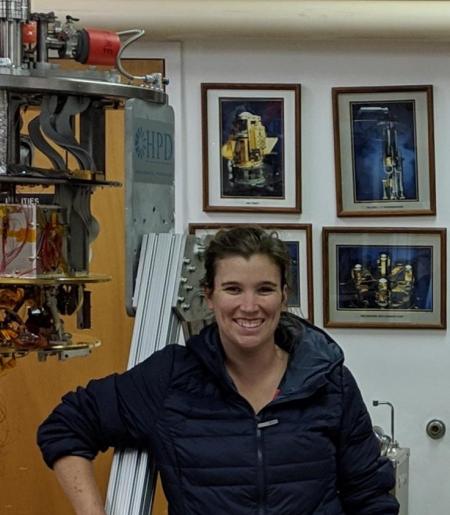Overview
My research is focused on investigating the early universe ( < 1 billion years after the Big Bang) through development and use of mm-wavelength instruments. These instruments are deployed on telescopes to study early galaxies during the epoch of reionization and the cosmic microwave background radiation. Measurements with these instruments will significantly enhance our understanding of astrophysics, fundamental physics, cosmology, and the large-scale structure of the universe.
We are currently building the Tomographic Ionized Carbon Intensity Mapping Experiment (TIME), a mm-wavelength spectrometer we are building at to study the epoch of reionization (EoR). The instrument is a 200-300 GHz spectrometer with resolving power, R, of ~ 100.TIME is a collaboration of scientists from ASIAA, Caltech, RIT, the University of Arizona, and Cornell.
The technique we are pursuing by building the TIME instrument, ionized carbon ([CII]) intensity mapping, is a promising approach to study the EoR, and recent instrumentation advances are enabling strides forward with these measurements. These ionized carbon ([CII]) intensity mapping measurements of faint galaxies will be highly complementary to the 21 cm measurements as well as complimentary to the measurements of the galaxies at the bright end of the luminosity function with ALMA, HST, and JWST. Together these cutting-edge instruments will start to create a picture of this largely unexplored epoch.
I am also working on the CMB-S4 project, a future facility to measure the cosmic microwave background as well as CCAT-prime on the FYST.
Graduate Students
Benjamin Vaughan
Research Focus
Observational cosmology, astronomical instrumentation, [CII] intensity mapping, epoch of reionization, cosmic microwave background.
Publications
Crites A. T., Bock J. J., Bradford C. M. et al 2014 Proc. SPIE 9153 91531W

